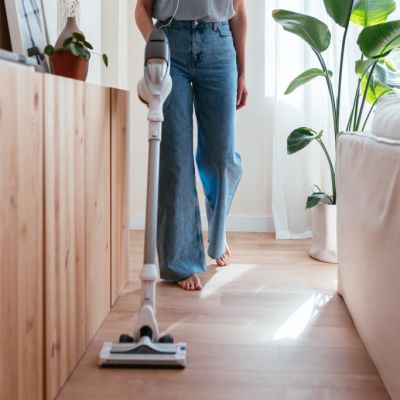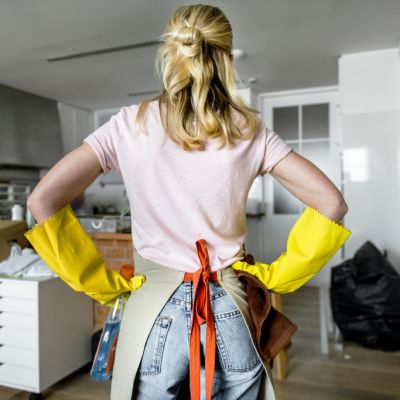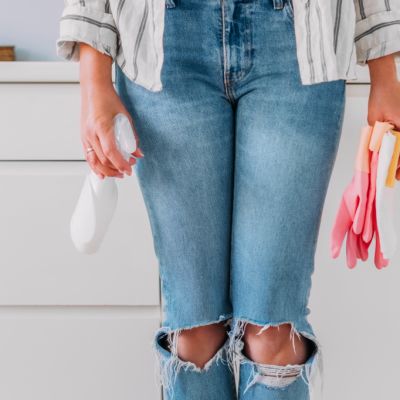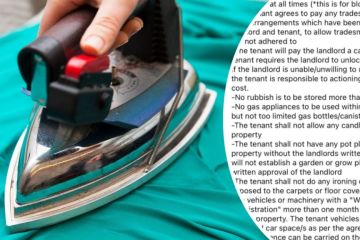6 common cleaning mistakes and how to avoid them (according to a professional cleaner)
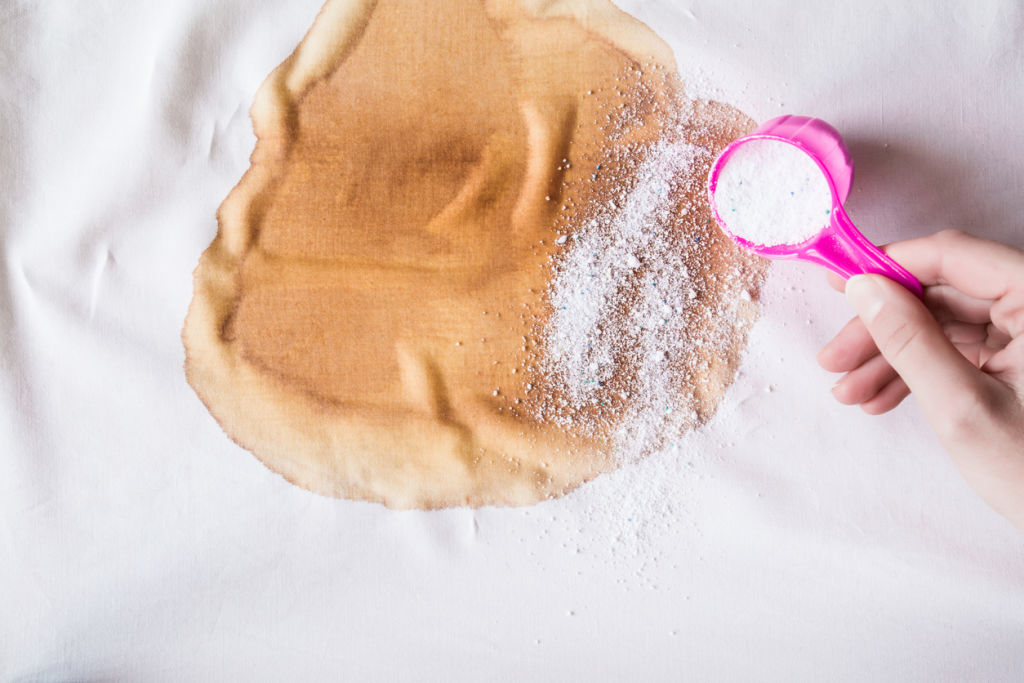
There’s nothing more satisfying than a deep clean of your home. However, that satisfaction won’t last long if you discover you’ve ruined your favourite sofa or those glossy timber floors by being too heavy-handed with the Jif.
Some common cleaning mistakes can cause lasting damage to your furniture and property. The good news is that they can be avoided if you have the know-how.
Ministry of Cleaning director Manish Jain shares the most common cleaning gaffes he’s seen and how to avoid them.
1. Using the same cleaning products and tools for everything
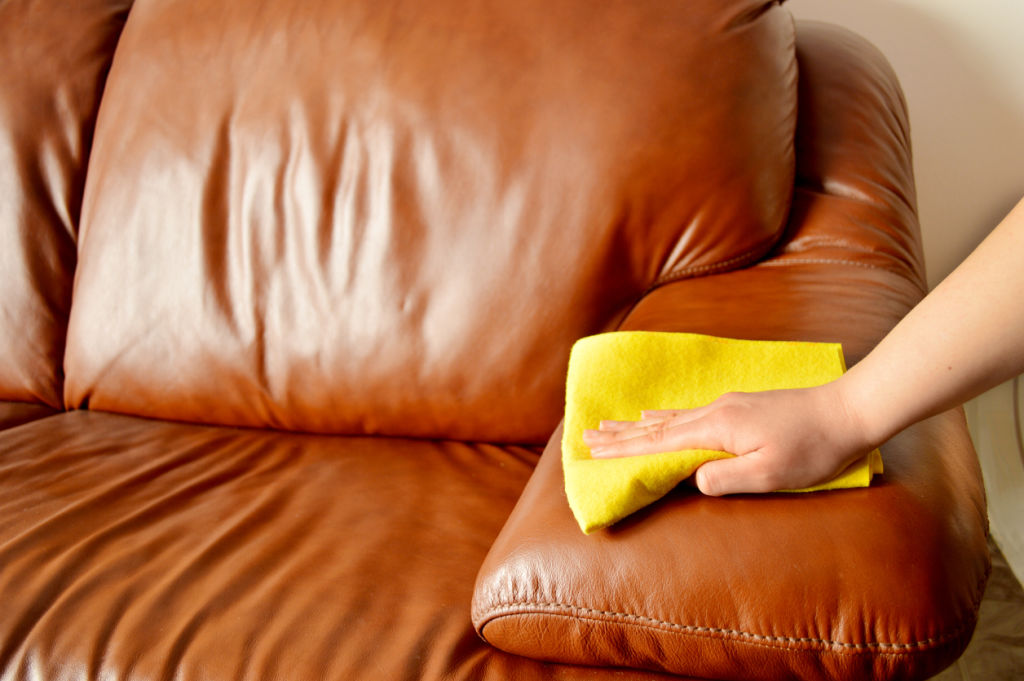
Cleaning every surface in sight might seem simpler with a trusty rag or go-to cleaning product, but Jain says this can come with an unseen risk.
“When you wipe your kitchen counter and then move on to the bathroom sink with the same cloth, you risk spreading germs and grime between rooms,” he says.
“The same goes for cleaning products. Using products like vinegar on every surface, including natural stone or hardwood floors, can cause discolouration, dulling and even etching due to the acidity.”
What to do instead: Keep a stash of fresh cloths for rooms you haven’t cleaned, or use colour-coded microfibre towels for different areas. Jain says this is especially important for high-germ zones like kitchens and bathrooms. As for cleaning products, Jain recommends using products designed for specific materials and surfaces.
2. Mopping with too much water
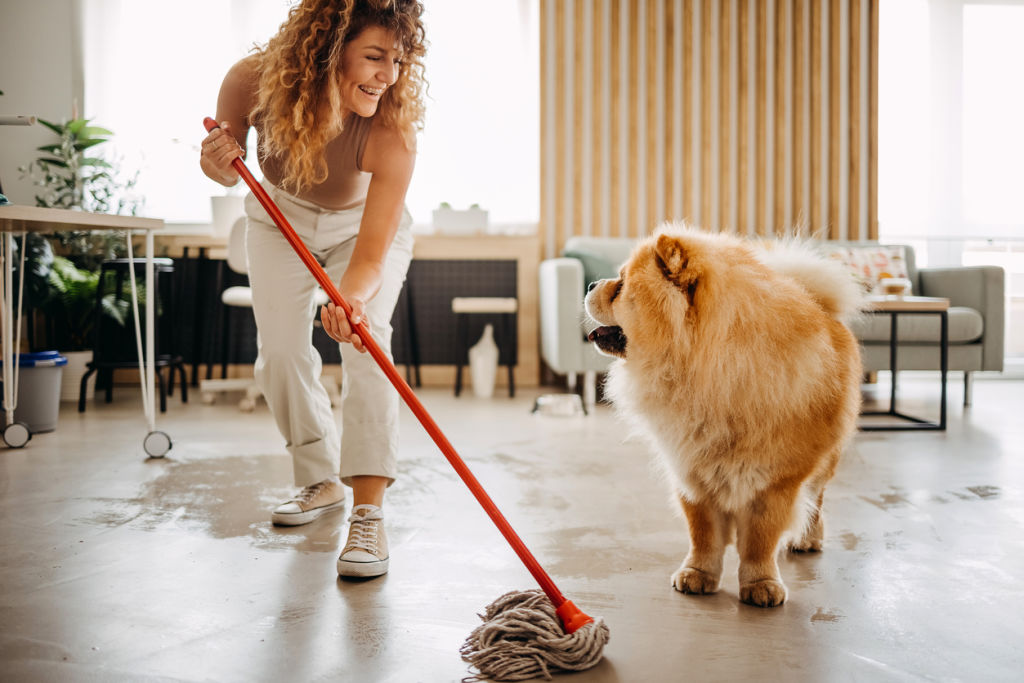
Mopping with too much water is an inconvenience, right? You’re often stuck tip-toeing from room to room while waiting for the floors to dry, which always takes too long. Unfortunately, excessive moisture can also cause lasting damage to wooden floors, as it seeps into the timber, affecting its longevity.
“When you use too much water to clean wooden floors, this can lead to swelling, warping, or rotting in hidden areas. The same goes for cleaning wooden furniture,” says Jain.
“Too much water can swell, warp or dull your tables, cabinets and wooden chairs.”
What to do instead: Jain recommends using a barely damp mop (or specialised timber floor cleaner) to keep your floors in tip-top shape. Also, use a wood cleaner and polish to ensure your furniture stays durable and damage-free.
3. Using bleach on delicate surfaces
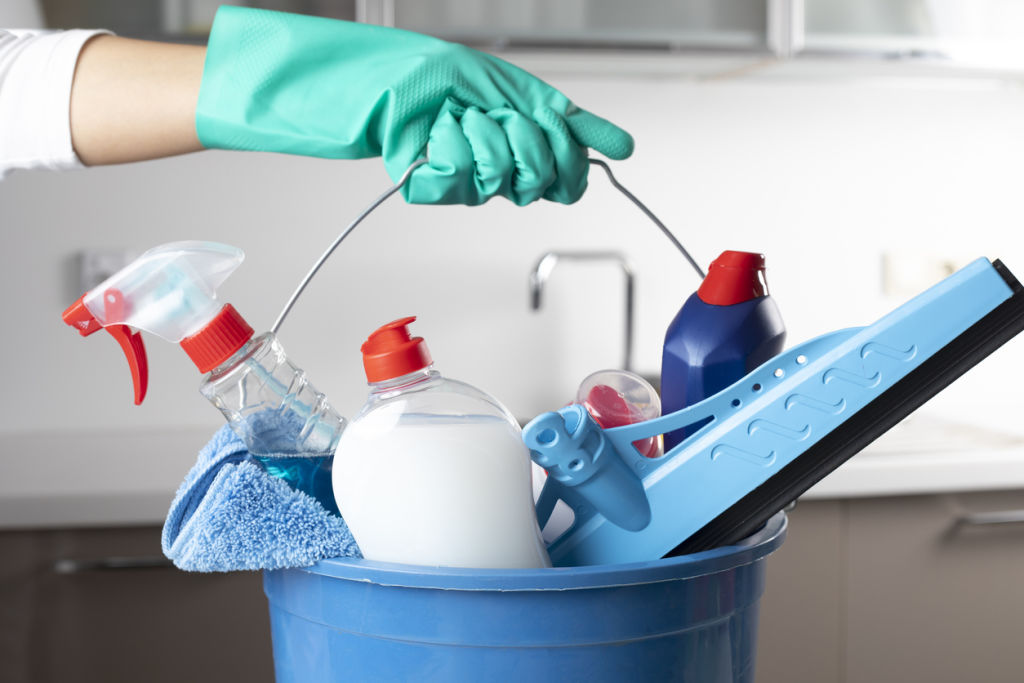
Bleach is often considered the holy grail of disinfectants, but it’s far from the one-size-fits-all solution that many think it is.
“Marble benchtops, grout and even certain tiles can be damaged or discoloured by bleach, or even harsh bleach-based products. When a surface, piece of furniture or appliance requires the use of bleach or concentrated chemical cleaners, dilution is often called for,” says Jain.
What to do instead: Read the label, check if your surface is bleach-safe, and consider gentler options (like a mild detergent or product designed for that surface) if you have any doubts. Ensure you follow dilution instructions. Depending on the product, the ratio is often 1:10 – one part cleaning product to 10 parts water.
4. Scrubbing stains with too much intensity
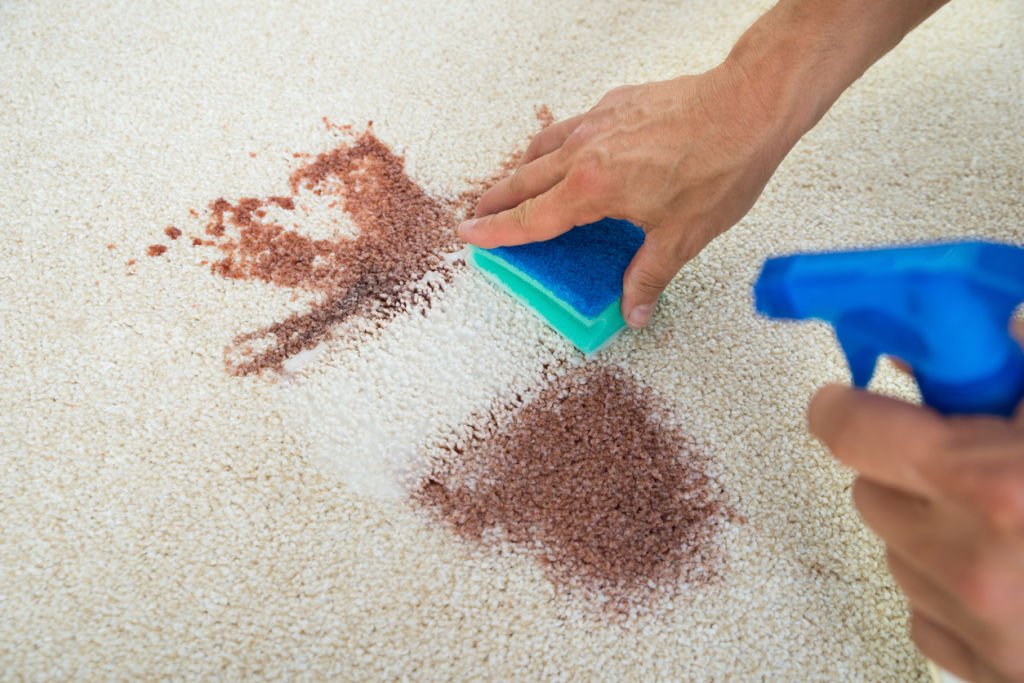
So, you’ve knocked over a glass of red wine or flicked spaghetti sauce onto that pristine white tablecloth. Stains are a part of life; if you’ve ever dealt with one, you’ll understand the temptation to scrub for dear life.
“Going in too hard and fast can fray carpet fibres and strip paint off walls,” says Jain.
“A little patience can mean the difference between a stain-free sofa and a threadbare eyesore.”
What to do instead: Start gently, blot spills instead of rubbing, and give stain removers time to work their magic.
5. Skipping the spots where hidden debris gathers
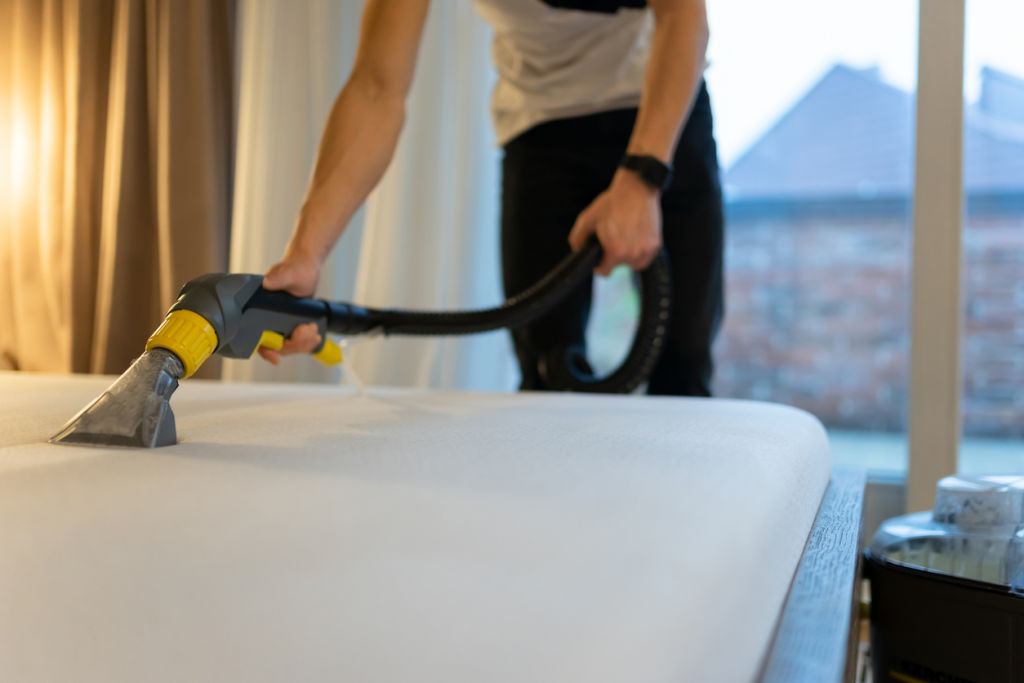
You might think you’re vacuuming everywhere you need to – but are you cleaning under beds, behind furniture and along skirting boards? Though you may not be able to see the effects of neglecting these areas at a glance, this doesn’t mean that it’s without its consequences.
“These out of sight areas can quickly become dust magnets. All that debris can affect air quality and attract pests in extreme cases,” says Jain.
“Sink and shower drains are another area people often neglect, causing the build-up of soap scum and hair which can attract mould and dirt.”
Instead, move furniture around while cleaning or use a vacuum attachment to reach those nooks and crannies at least once a month.
6. Letting moisture build in enclosed spaces
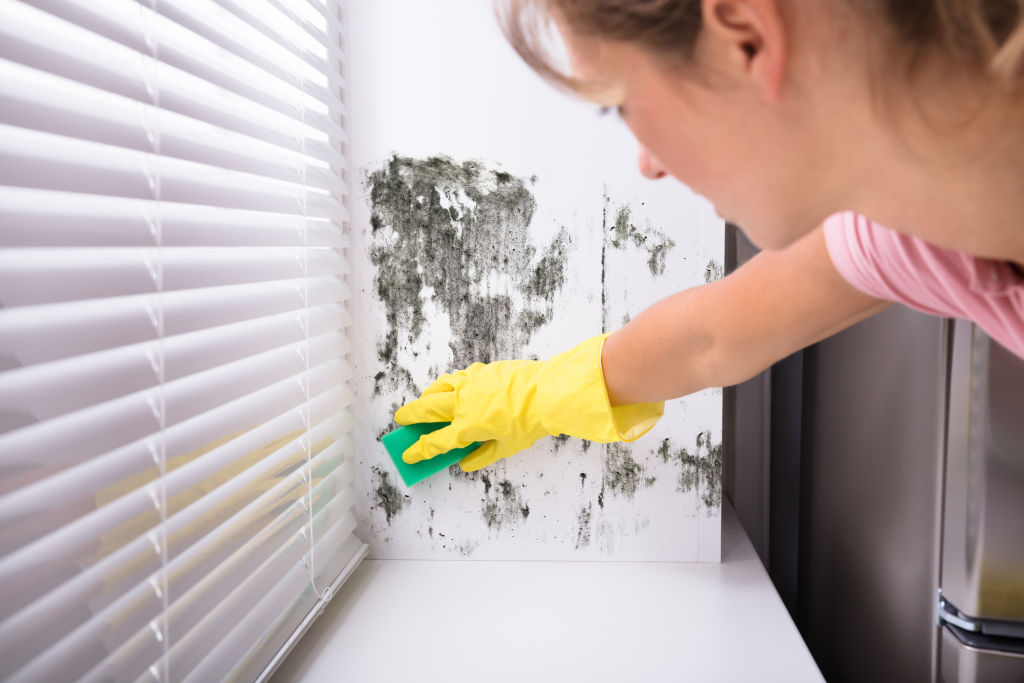
Poor ventilation in enclosed spaces, such as bathrooms and basements, can result in dust, dirt, pests and mould. If left to grow, mould can penetrate air-conditioning filters and ductwork.
“Moisture from cleaning can linger without proper ventilation,” says Jain.
“While cleaning air conditioning vents is tedious, skimping on the maintenance of these appliances can cost you more time and money in the long run.”
What to do instead: After cleaning or following a rainy or humid day, open windows or consider using a dehumidifier. When it comes to air filters, clean or replace them regularly.
We recommend
States
Capital Cities
Capital Cities - Rentals
Popular Areas
Allhomes
More
